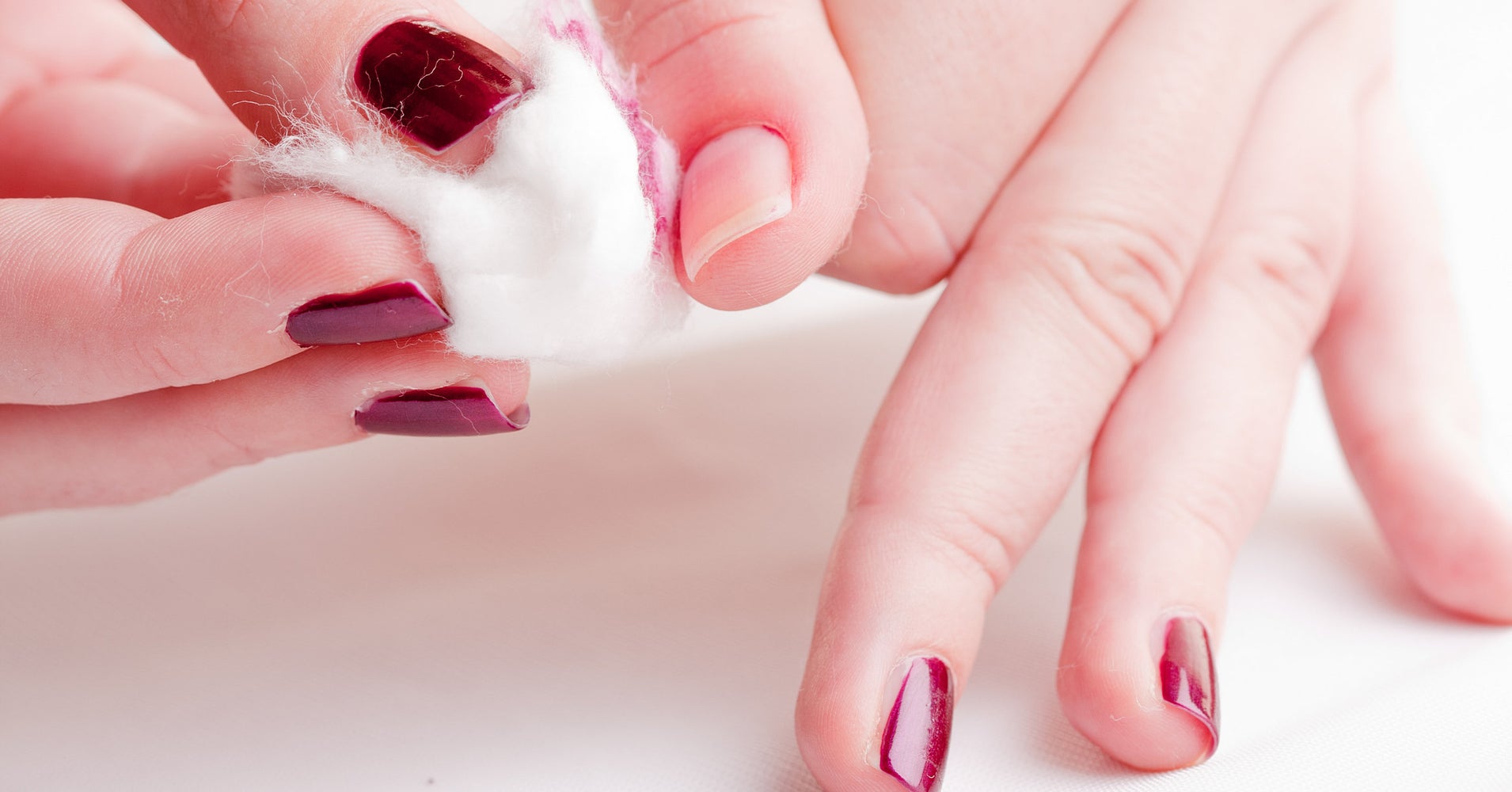Acetone

source: https://i2.wp.com/www.passionfunda.com/wp-content/uploads/2017/07/Hazards-Of-Acetone-Based-Nail-Remover.jpg?fit=620%2C350
Other than its
common name, Acetone is also known as dimethyl ketone, 2-propanone, dimethylformaldehyde. 1
Properties:
It is a
clear, highly flammable liquid with a characteristic pungent odour and sweet
taste.1 Its toxicity is that if it gets absorbed (via gut, lungs or
skin), acetone is metabolized via hepatic and extrahepatic gluconeogenic
pathways to glucose.2 Primarily, the acetone is metabolized to
acetol which is then metabolized to methylglyxol.2
Toxicity
and Health Risks:
Normally
acetone is irritating to the mucosal membranes of eyes, nose and throat which
can lead to a burning sensation along with erythema.1 When inhaled
or ingested in large amounts, acetone can cause nausea, vomiting, lightheadedness, headache, excitement,
restlessness, chest tightness and incoherent.1 In more severe cases,
coma, convulsions, respiratory failure and even rhabdomyolysis are typical to
occur. The LD50 of acetone when taken orally in acute forms is 5800mg/kg.3
Production
Methods:
In the
earlier times, acetone was made via the thermal decomposition of calcium
acetate or even through carbohydrate fermentation of corn starch/molasses.4
Then there was a cumen peroxidation (isopropyl alcohol) in which acetone is
produced along with phenol.4 This then became the better option
because of the low costs associated with it and also this method yields 90% of
acetone (approximately 0.62 tonnes of acetone is produced for each tonne of
phenol).4
Alternatives :
There are
some alternatives to using acetone such as crop based removers.5 This
means they are made from soy or fermented sugar beets and corn which makes them
biodegradable. Another one is water-based removers which has a very low amount
of volatile organic compounds which can cause long and short term negative
effects. The other two are scented removers and homemade removers.5 The
scented removers have essential oils in their formula such as lavender and tea
tree.5 The homemade ones are less costly, or one can soak their nails
in hot water for 15 minutes, or use vinegar, citrus fruits, rubbing alcohol or toothpaste and
using a cotton swab or pad to scrub the nail clean.5
1
https://www-sciencedirect. com.libproxy.mtroyal.ca/science/article/pii/S13573039150032
78?_rdoc=1&_fmt=high&_origi=gateway&_docanchor=&md5=b8429449ccfc9c30159a5f9aeaa92ffb&ccp=y
2
http://www.cheminst.ca/magazine/columns/humble-acetone-helped-win-second-world-war